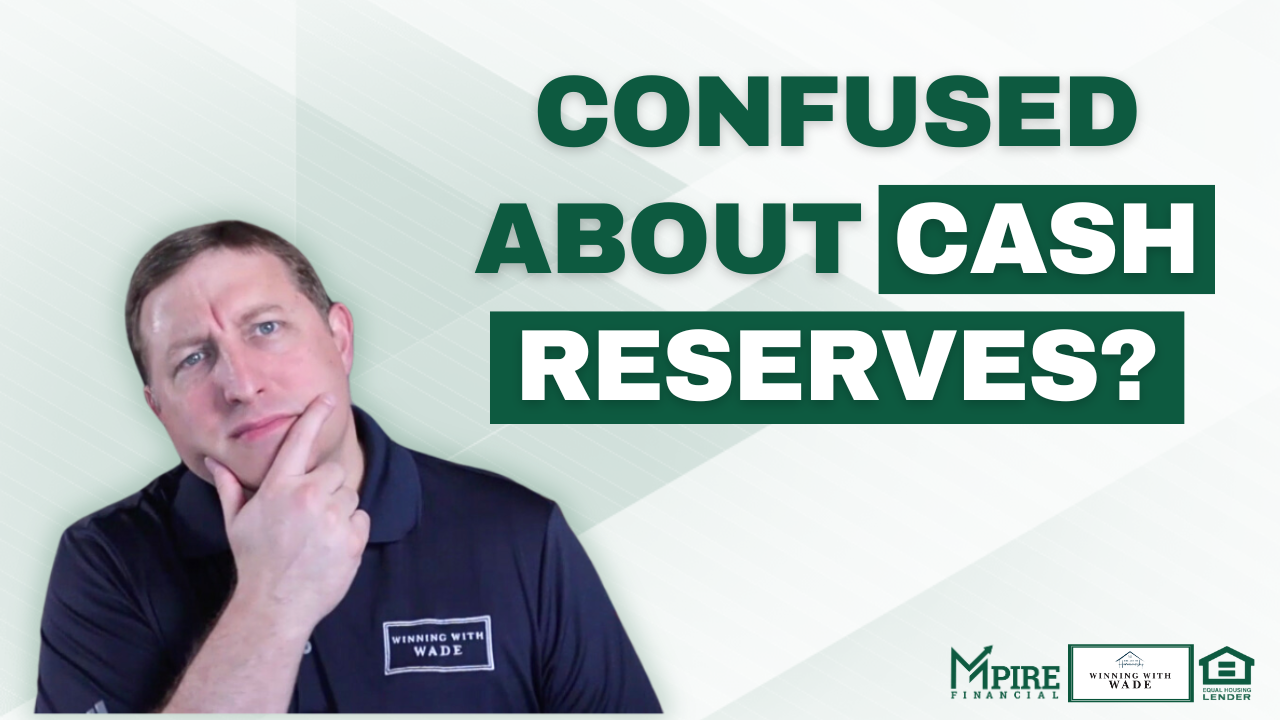Cash reserve requirements can feel overwhelming when you're ready to buy or refinance your primary…
Financing New Construction – Building Your Dream Home
Financing new construction sounds complex, but this article will show you that it’s not difficult at all. Building your dream home gives you the freedom to design it exactly how you want it.
Don’t worry! Financing new construction is easier than you think, and we’re here to guide you through every step.
Understanding Your Financing Options
When it comes to financing new construction, you have two main options:
1. Separate Construction and Long-Term Mortgage Loans
This option involves getting multiple loans and sometimes working with multiple lenders. You first finance the construction, and then you take out a separate long-term mortgage loan once the construction is complete.
2. One-Time Close Construction to Permanent Loan
With this option, you finance your construction and long-term mortgage as one single loan. This is known as a one-time close construction to permanent loan. You get one loan for the construction, land, and final mortgage.
Advantages of a One-Time Close Construction Loan
- Single Lender: Submit your paperwork to one lender instead of multiple lenders.
- Single Appraisal: Pay for only one appraisal.
- Single Set of Closing Costs: Avoid multiple closings and multiple closing costs.
- Time Saving: Save time by working with only one lender throughout the entire process.
- Interest Rate Control: Control the interest rate on your long-term financing, which is especially important in a rising rate environment.
Steps to Get Started
1. Determine Your Budget
Calculate how much you can afford to spend on your new home. This includes construction costs, land purchase, and other related expenses.
2. Get Pre-Approved
Contact your lender to get pre-approved for your construction loan. Pre-approval gives you a clear understanding of your borrowing capacity.
3. Choose Your Builder
Select a reputable builder to work with on your project. Ensure they have experience in constructing homes similar to your dream home.
4. Find Your Land
Choose the perfect plot of land for your new home. Consider location, accessibility, and the potential for future value appreciation.
5. Submit Your Paperwork
Gather all the necessary documents and submit them to your lender. This includes your financial statements, builder contracts, land purchase agreements, and construction plans.
What to Expect Next
1. Loan Approval
Your lender will review all your paperwork and approve your loan. This step includes a detailed evaluation of your financial status and the feasibility of your construction plan.
2. Construction Phase
Once your loan is approved, the builder will start constructing your home. During this phase, you will make periodic payments to cover the construction costs as per the loan agreement.
3. Transition to Permanent Loan
After the construction is complete, your loan will transition into your permanent mortgage. This marks the end of the construction phase and the beginning of your long-term home financing.
Clearing Up Common Misconceptions
- Myth: Financing new construction is too complicated.
- Fact: With the right guidance, it’s manageable and straightforward.
- Myth: You need a huge down payment.
- Fact: Down payment requirements vary, and there are options available that might work for you.
- Myth: Construction loans have higher interest rates.
- Fact: Interest rates can be competitive, especially with a one-time close construction to permanent loan.
Success Stories
Jane and John
Jane and John wanted to build a custom home. They chose a one-time close construction to permanent loan and enjoyed a smooth process. They are now living in their dream home.
Emily
Emily was worried about the complexity of building a new home. However, she found that working with one lender using a one-time close construction to permanent loan made the process simple and stress-free.
Ready to Build Your Dream Home?
If you’re thinking about building your own home, let’s discuss your situation. We’re here to help you navigate through the process and make your dream home a reality. Reach out today, and let’s get started!
FAQ: Financing New Construction for Your Dream Home
1. What are my options for financing new construction?
You have two main options:
- Separate Construction and Long-Term Mortgage Loans: Involves getting multiple loans, potentially from multiple lenders.
- One-Time Close Construction to Permanent Loan: Combines construction and long-term mortgage financing into a single loan.
2. What are the benefits of a one-time close construction to permanent loan?
- Single Lender: Submit paperwork to one lender.
- Single Appraisal: Only one appraisal fee.
- Single Set of Closing Costs: Avoid multiple closing costs.
- Time Saving: Work with one lender throughout the process.
- Interest Rate Control: Lock in your interest rate for long-term financing.
3. How do I determine my budget for building a new home?
Calculate the total amount you can afford to spend, including construction costs, land purchase, and related expenses. It’s crucial to have a clear financial plan before starting the project.
4. What is the process for getting pre-approved for a construction loan?
Contact your lender and provide necessary financial documents. Pre-approval gives you a clear understanding of your borrowing capacity and helps streamline the loan process.
5. How do I choose a builder for my new home?
Select a reputable builder with experience in constructing homes similar to your dream home. Check references and past projects to ensure quality and reliability.
6. What should I consider when choosing land for my new home?
Consider location, accessibility, neighborhood, and future value appreciation. Ensure the land is suitable for your planned construction and meets local zoning requirements.
7. What documents do I need to submit for my construction loan?
Typically, you need to submit financial statements, builder contracts, land purchase agreements, and detailed construction plans. Your lender will provide a specific list of required documents.
8. What happens during the construction phase?
Once your loan is approved, the builder will start constructing your home. You will make periodic payments to cover the construction costs according to the loan agreement.
9. How does my construction loan transition to a permanent loan?
After construction is complete, your loan transitions into a permanent mortgage. This marks the end of the construction phase and the beginning of your long-term home financing.
10. Is financing new construction too complicated?
With the right guidance and planning, financing new construction is manageable and straightforward. Working with experienced lenders and builders can simplify the process.
11. Do I need a huge down payment for a construction loan?
Down payment requirements vary. Some options are available that might work for you even if you don’t have a large down payment.
12. Do construction loans have higher interest rates?
Interest rates for construction loans can be competitive, especially with a one-time close construction to permanent loan. It’s important to shop around and compare options.
13. How can I get started on building my dream home?
Start by determining your budget, getting pre-approved, choosing a reputable builder, finding the perfect land, and submitting your paperwork to your lender. Reach out today for personalized guidance through the process.



